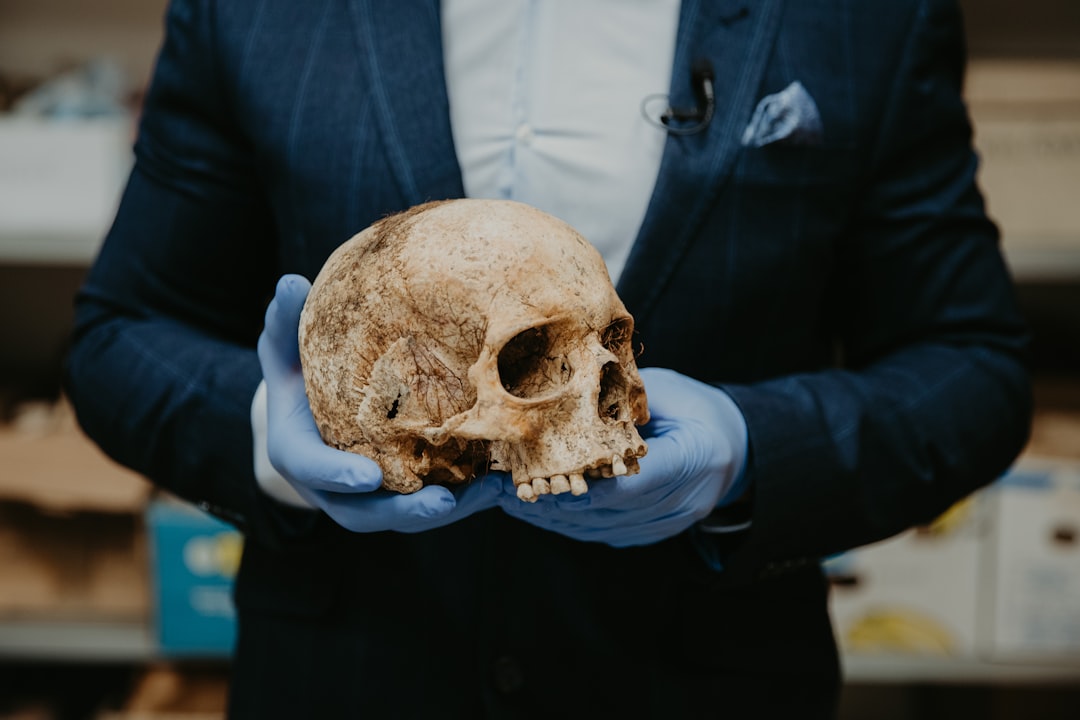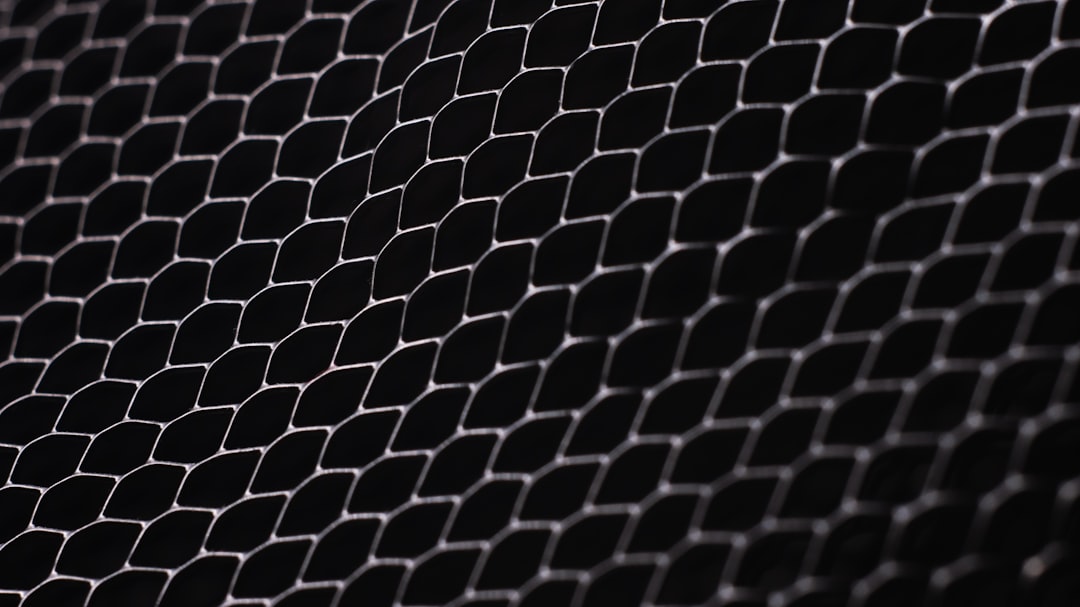What is it about?
The article explores the effects of controlled temperature, controlled humidity and salt presence on fibre size and morphology of electrospun PET, polystyrene and polyurethane. The general premise of the article is to identify the ideal working conditions in order to be able to fabricate a workable substrate to be taken forward as a cell carrier substrate as a potential synthetic Bruch's membrane replacement.
Featured Image
Why is it important?
The article states the ideal experimental parameters for specific polymers, as found by the author, in order to fabricate a membrane of submicron-scale, bead free fibres. Bead free fibres are essential when considering the resulting substrate as a potential synthetic Bruch's membrane. This article explores the small changes applied in order to obtain such a synthetic membrane, concluding with specific parameters as found to be ideal by the author.
Read the Original
This page is a summary of: Controlling Fiber Morphology and Scaffold Design for Treatment of Dry Age-Related Macular Degeneration, International Journal of Polymeric Materials, July 2014, Taylor & Francis,
DOI: 10.1080/00914037.2014.886231.
You can read the full text:
Contributors
The following have contributed to this page










